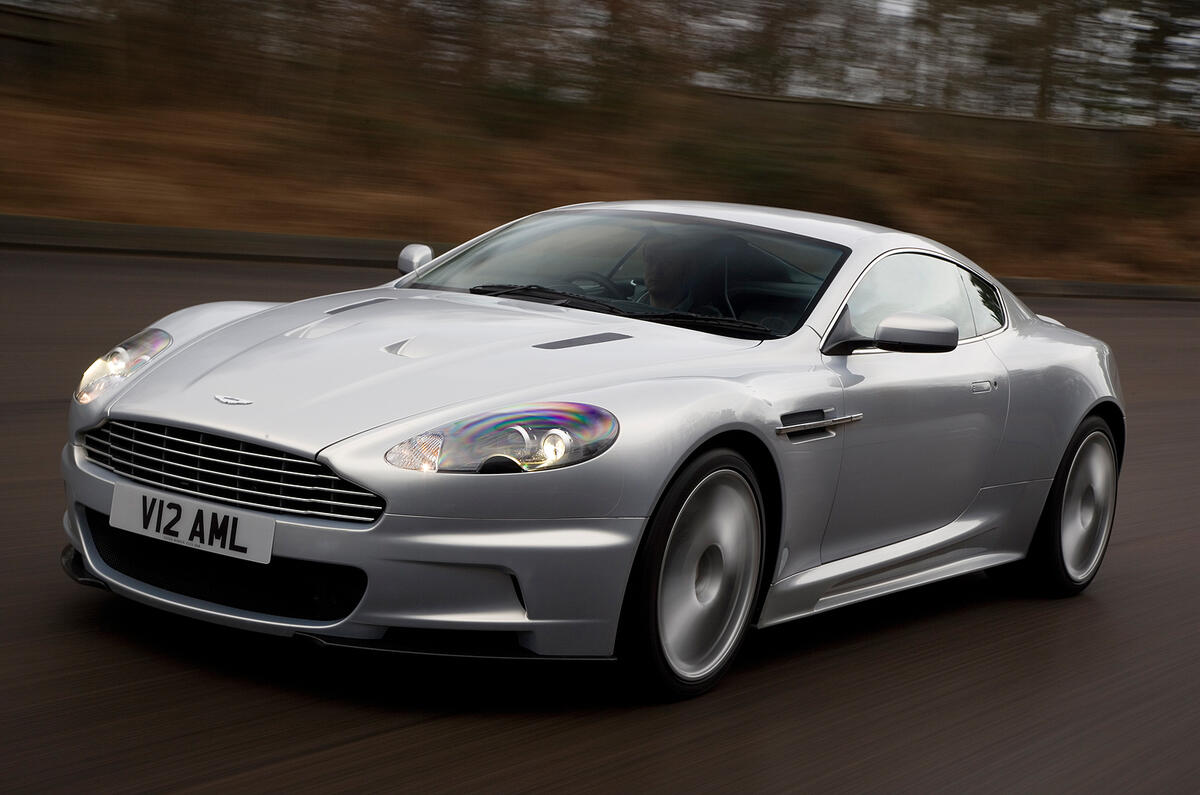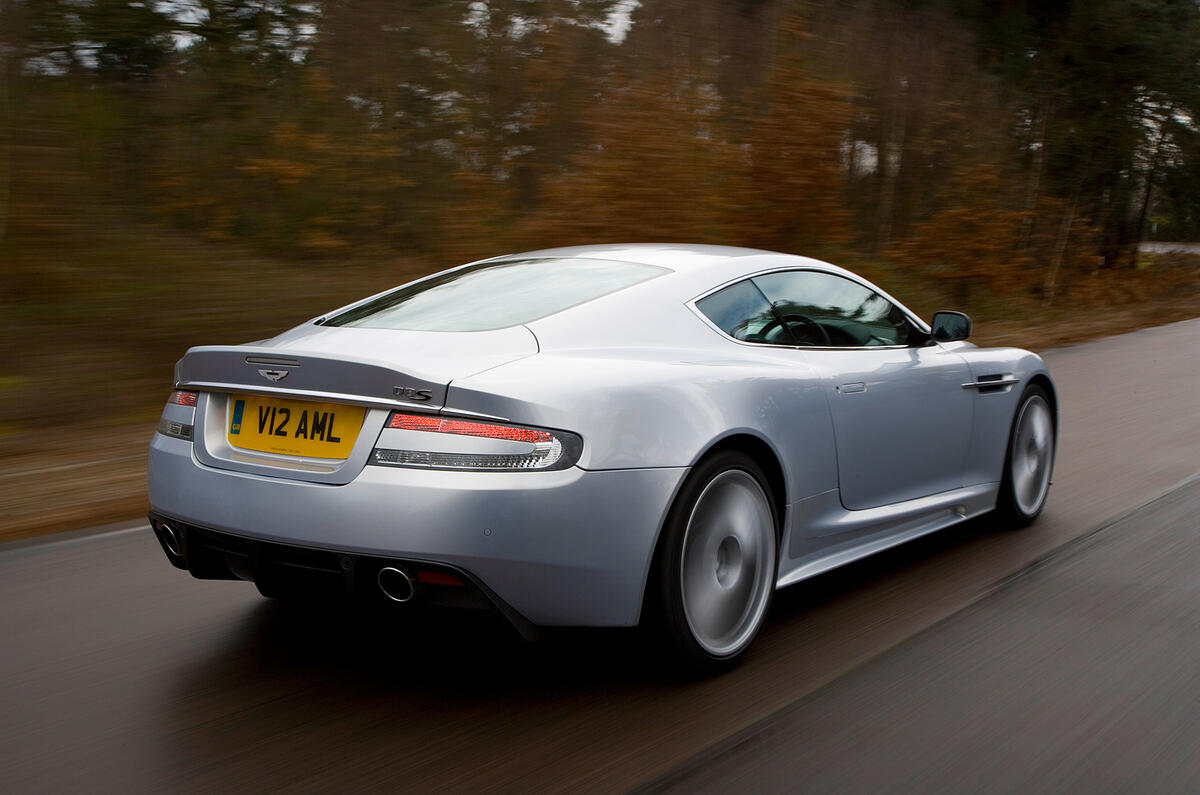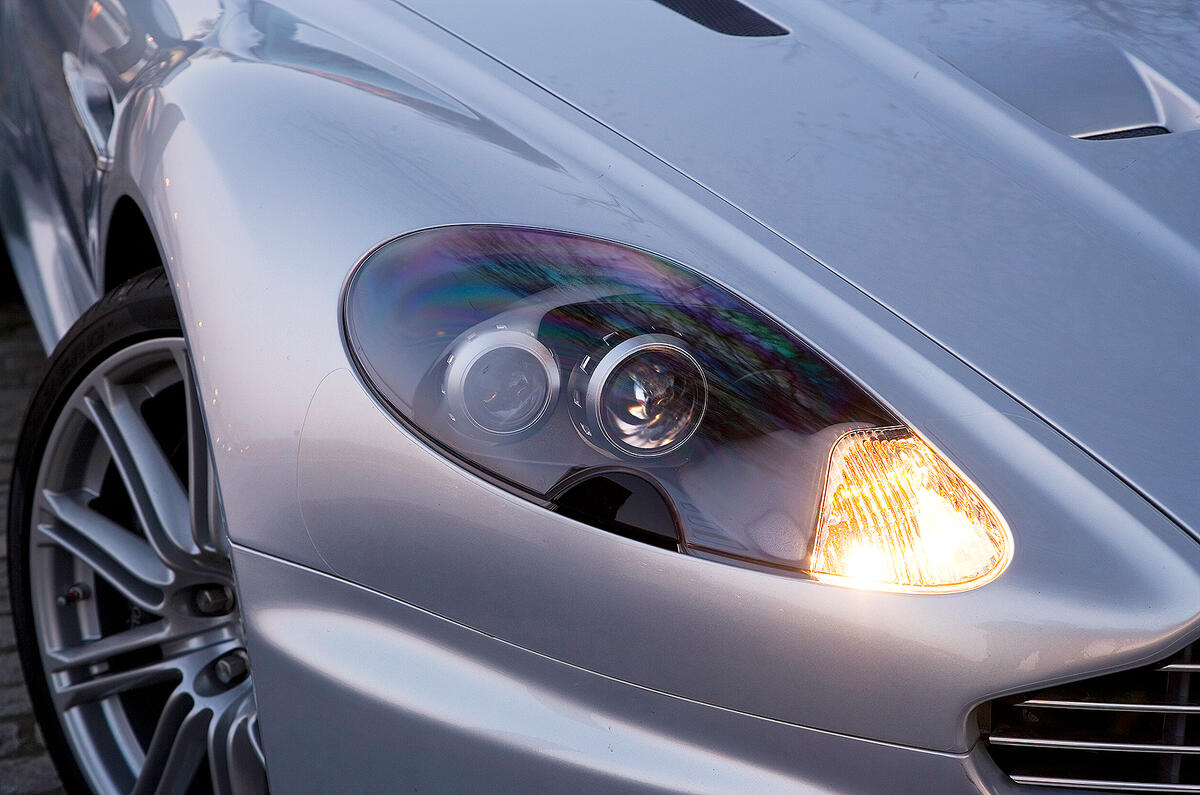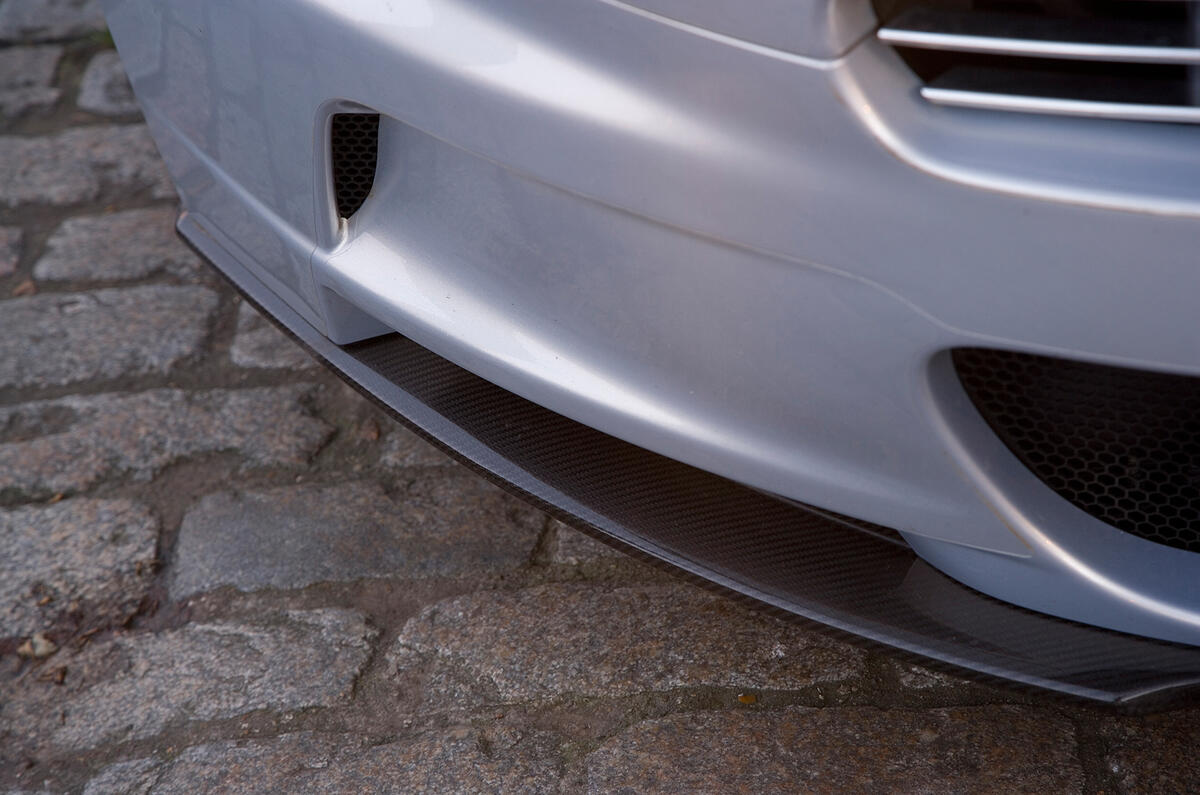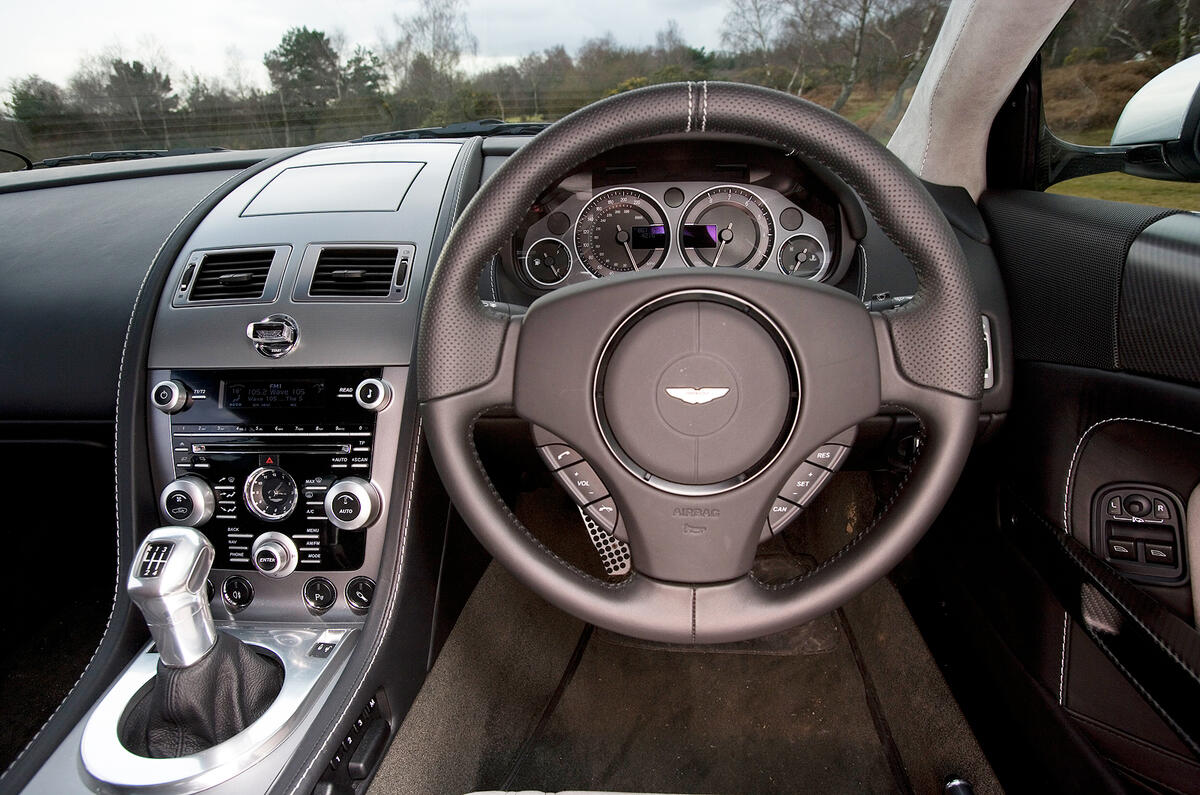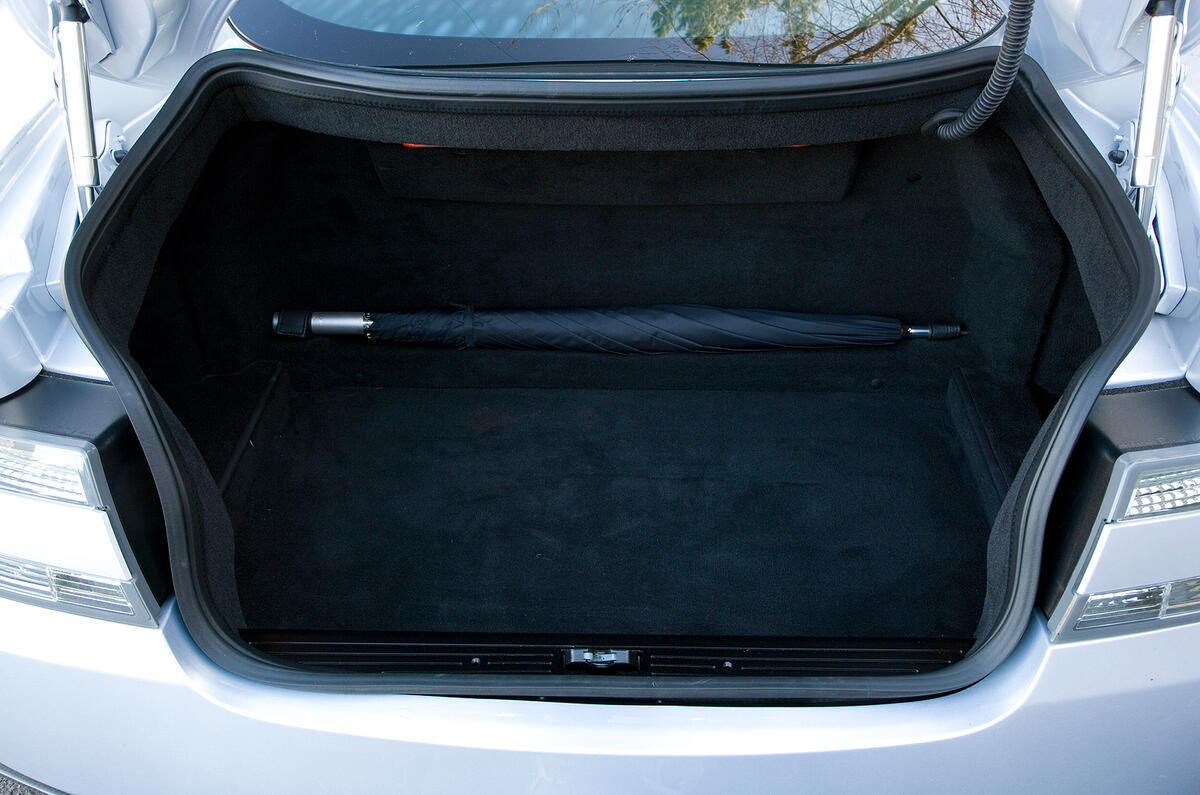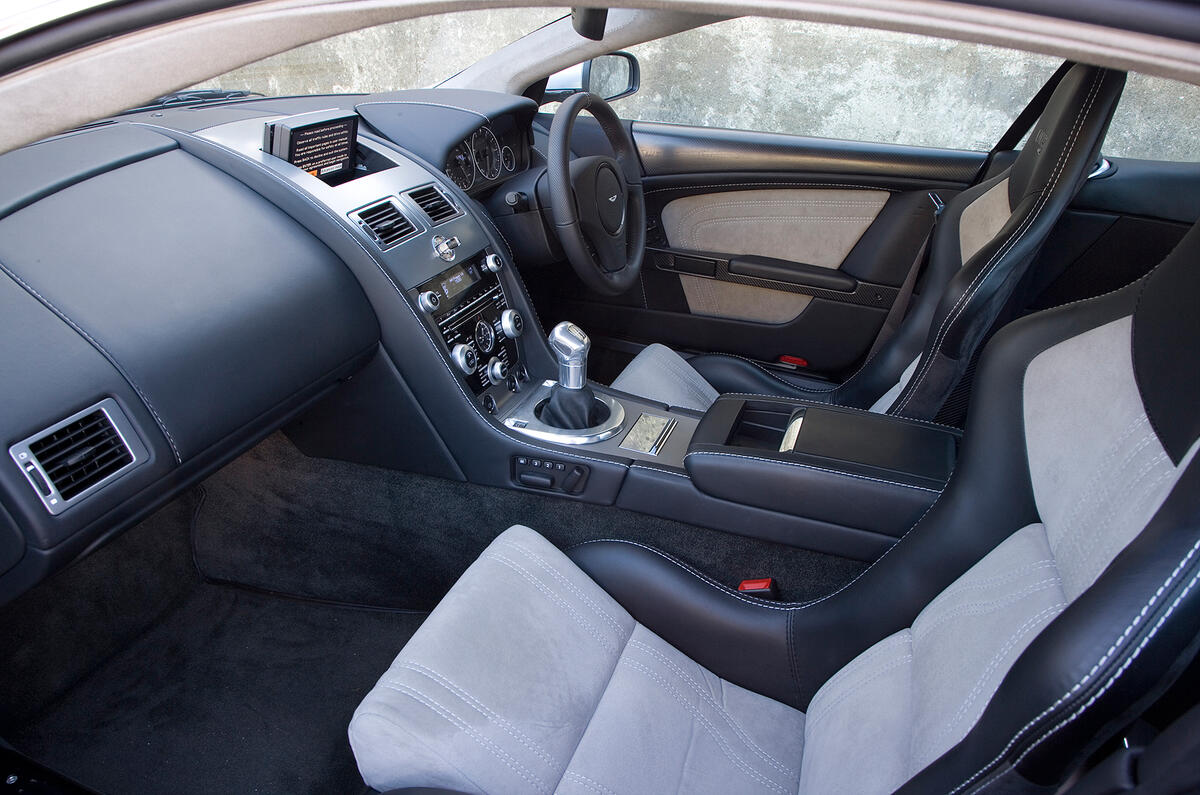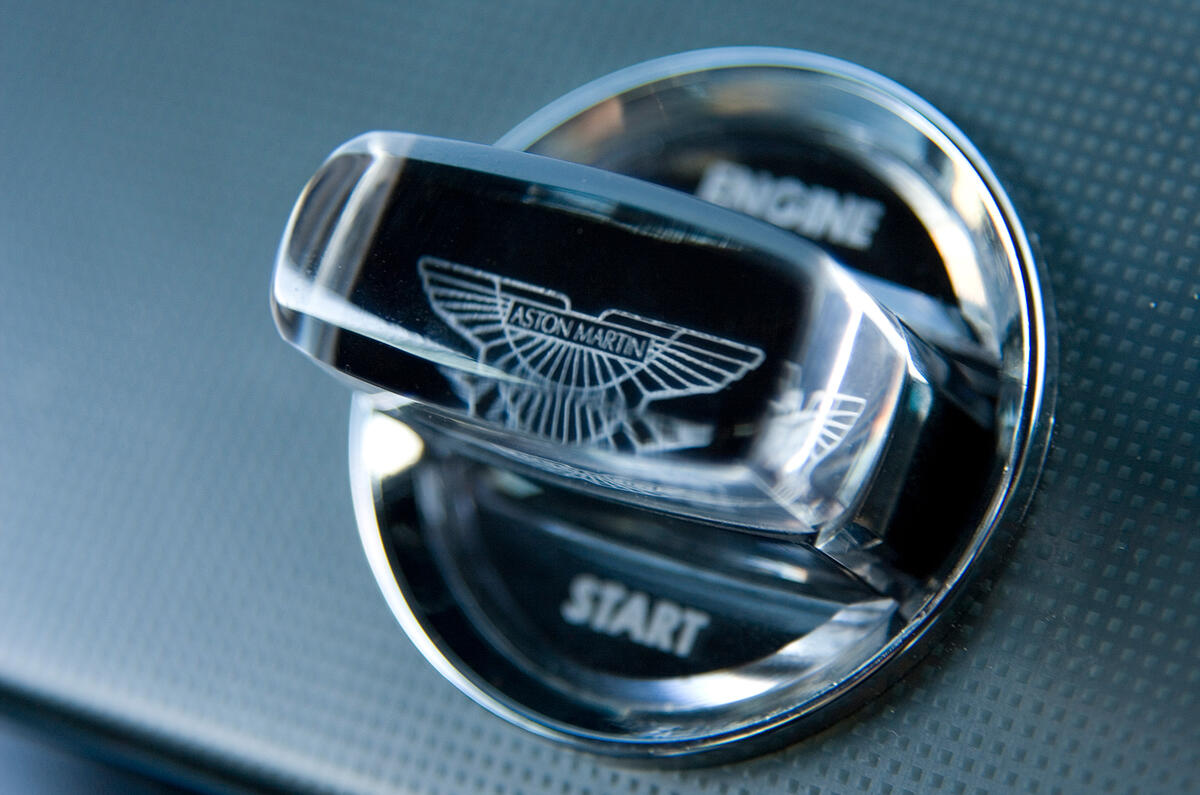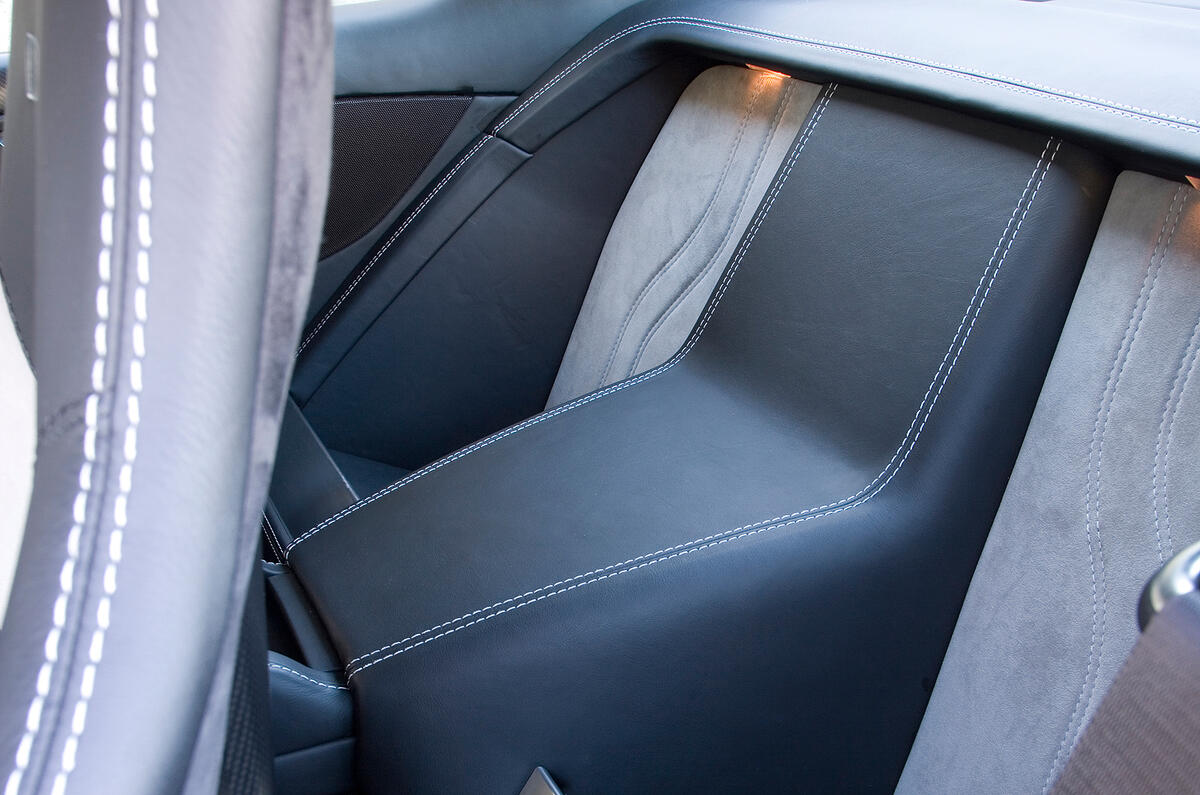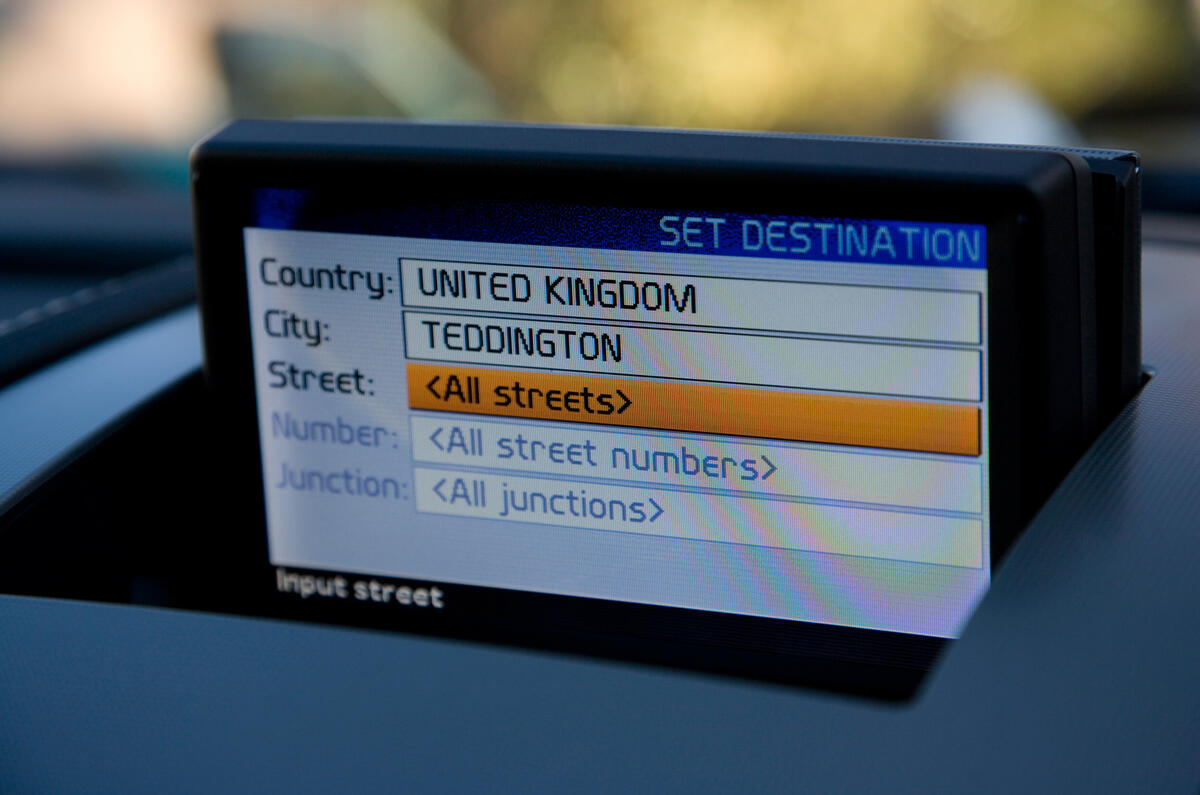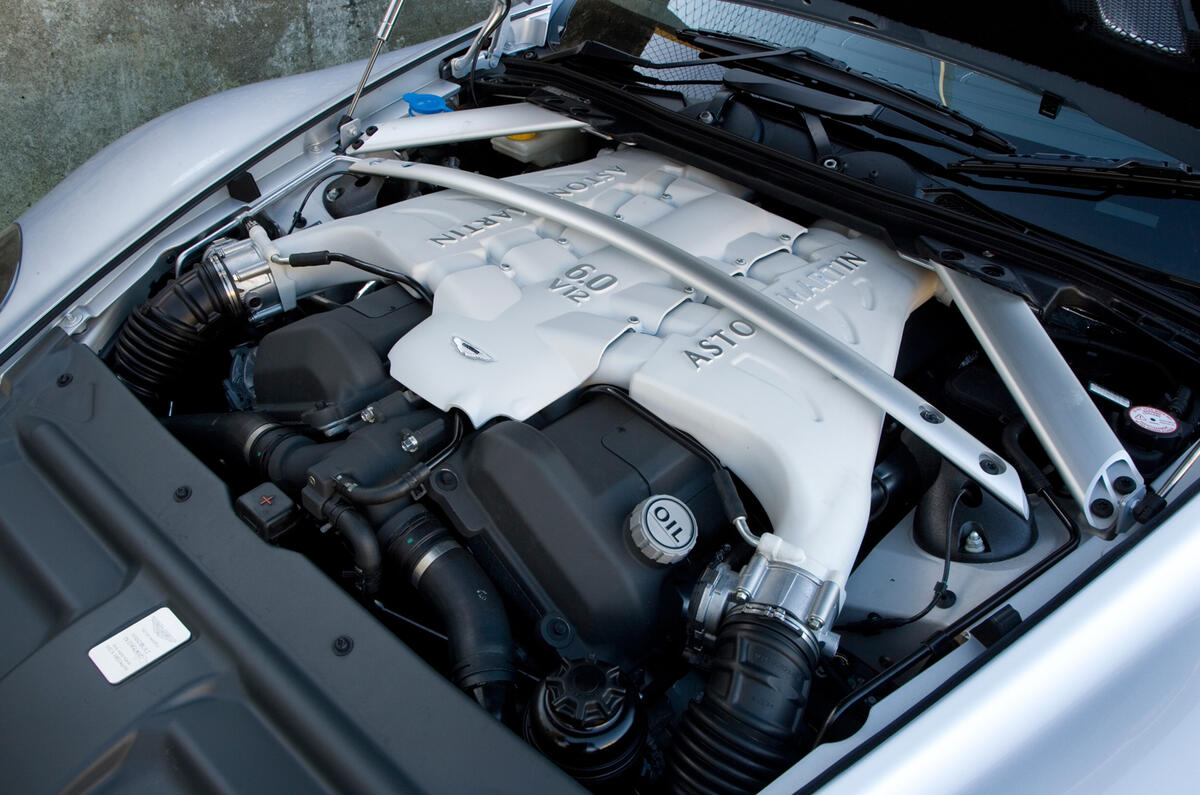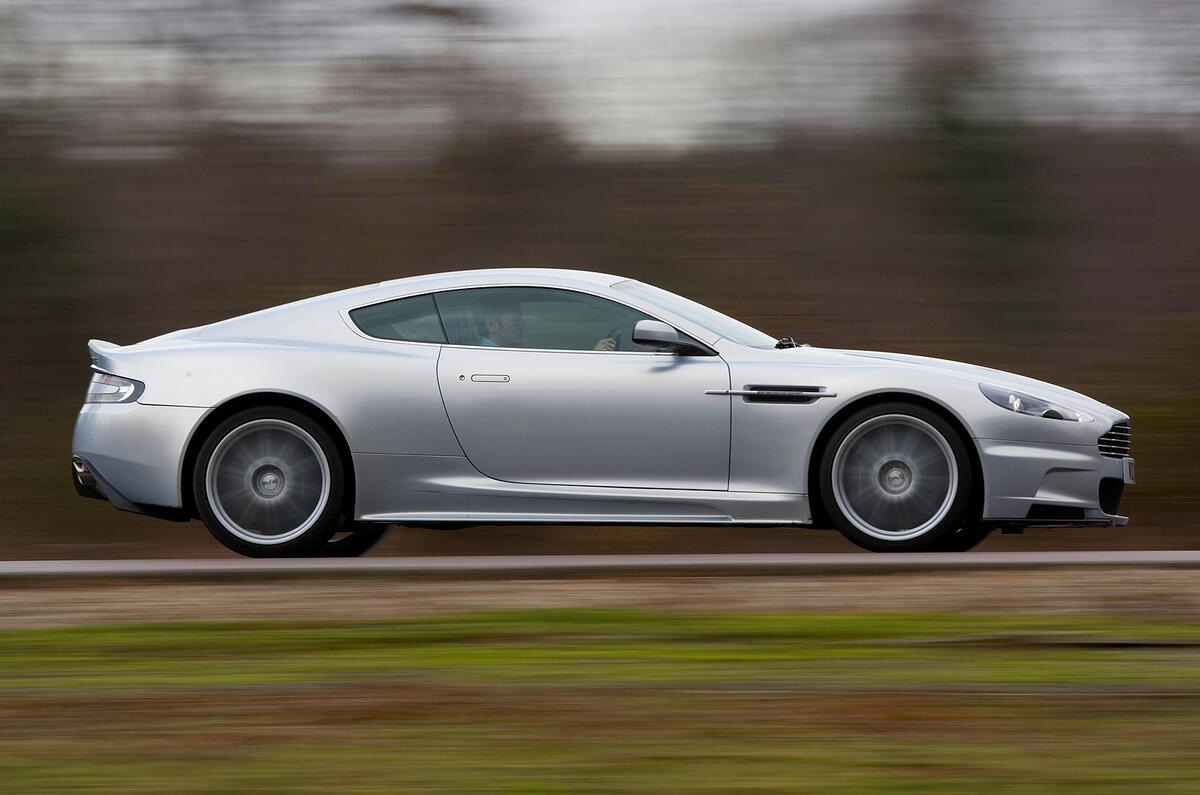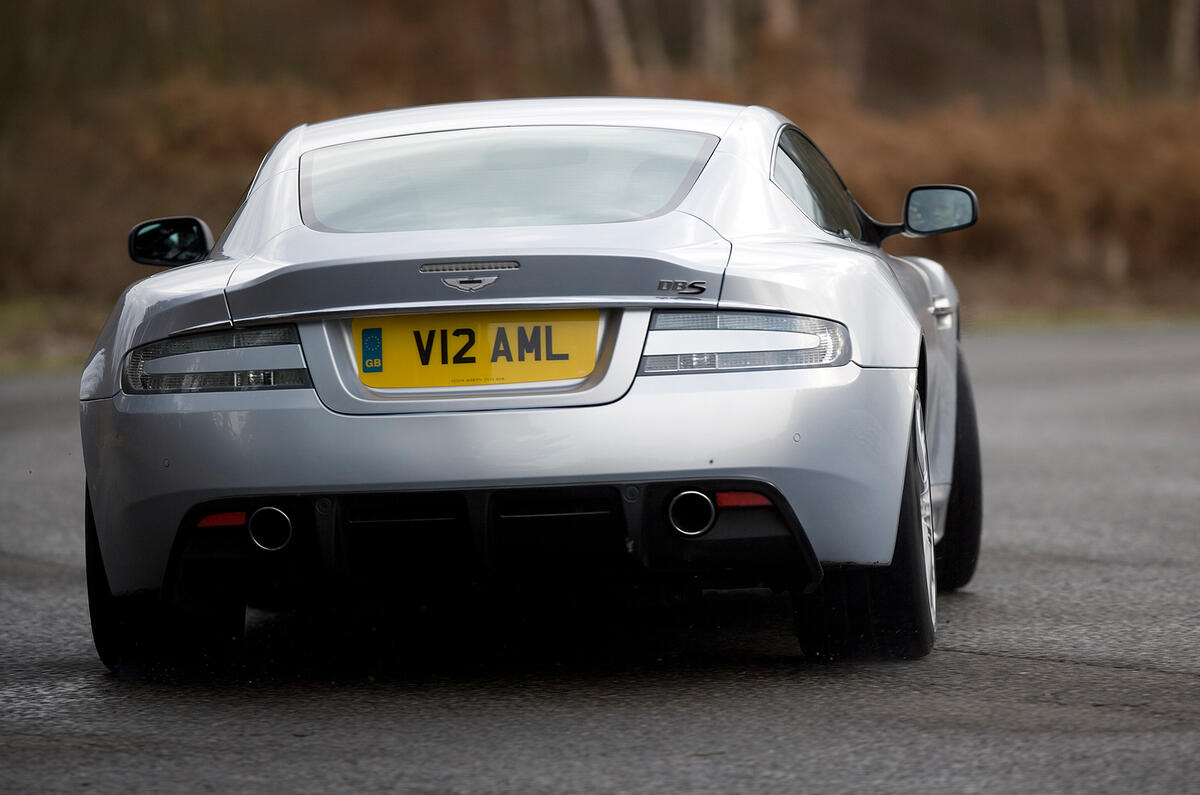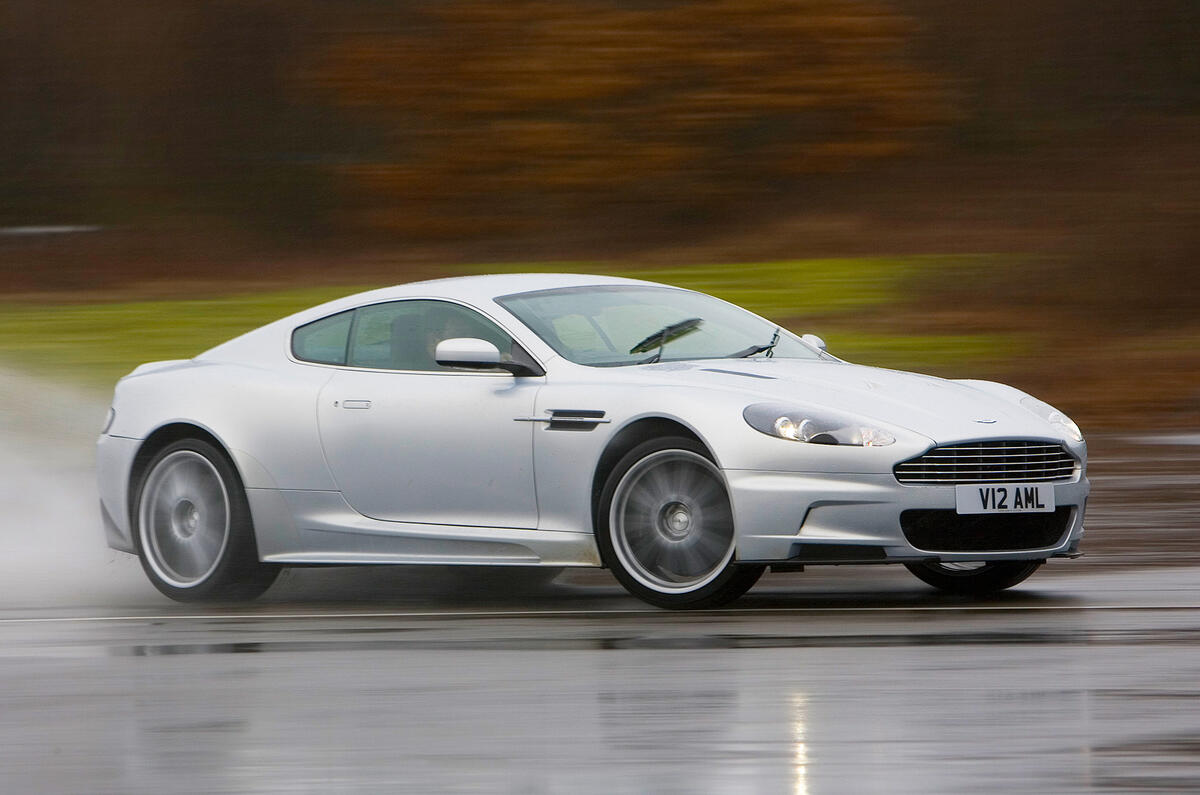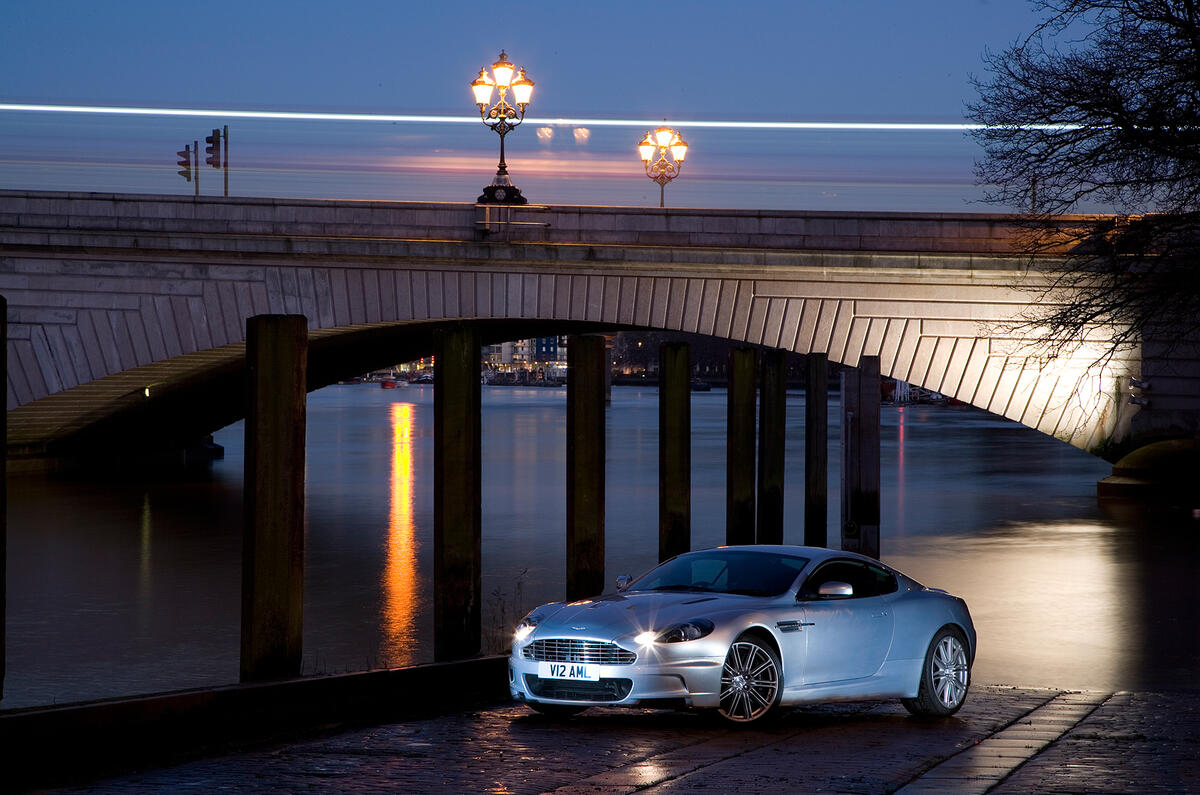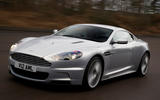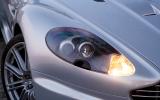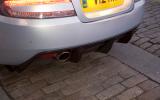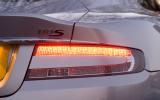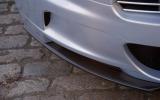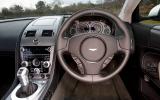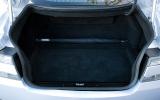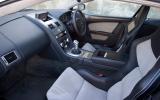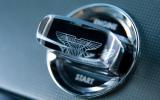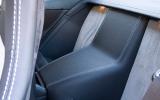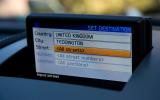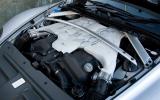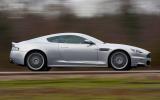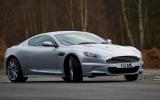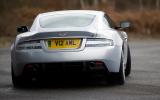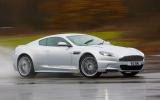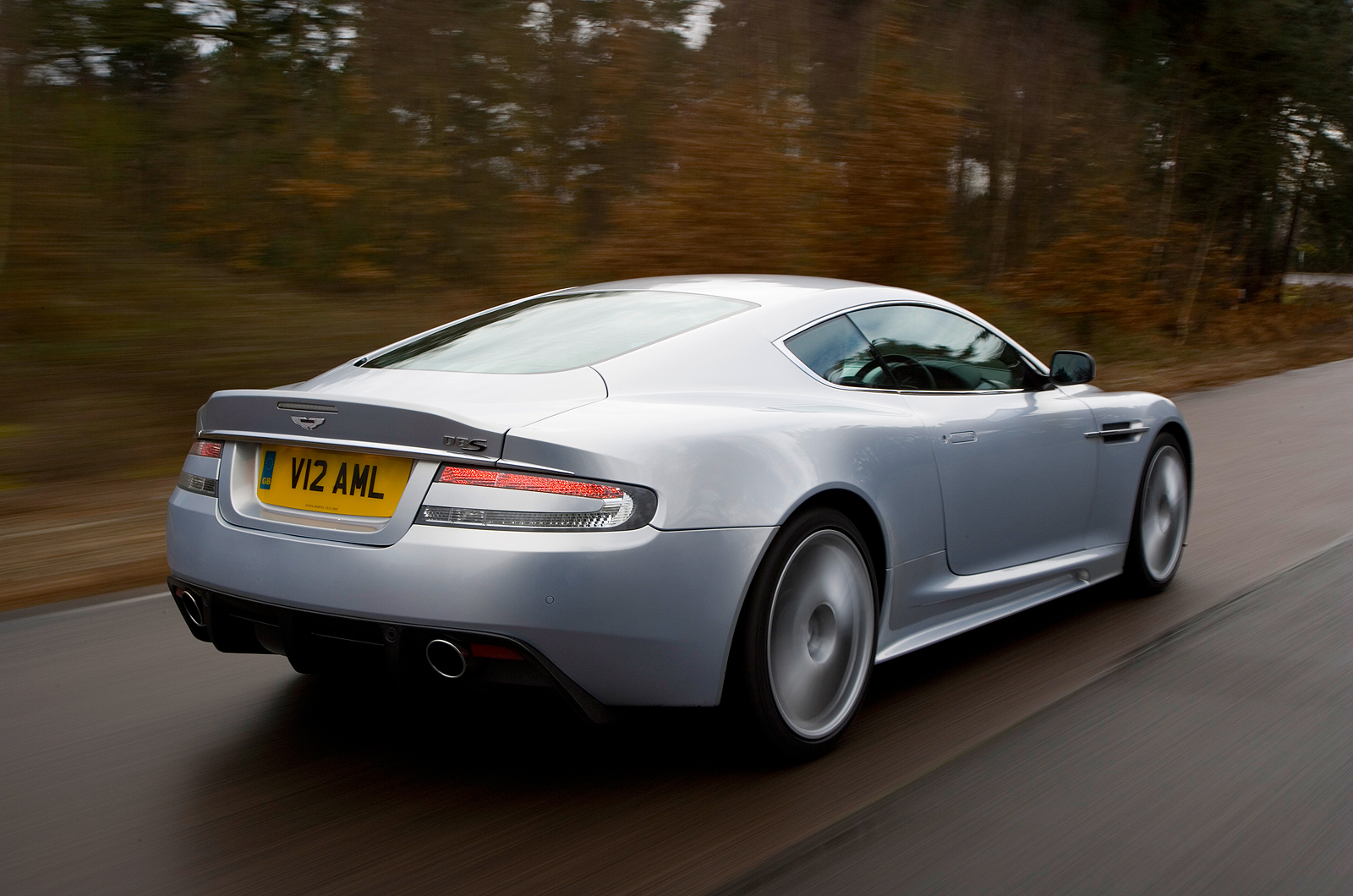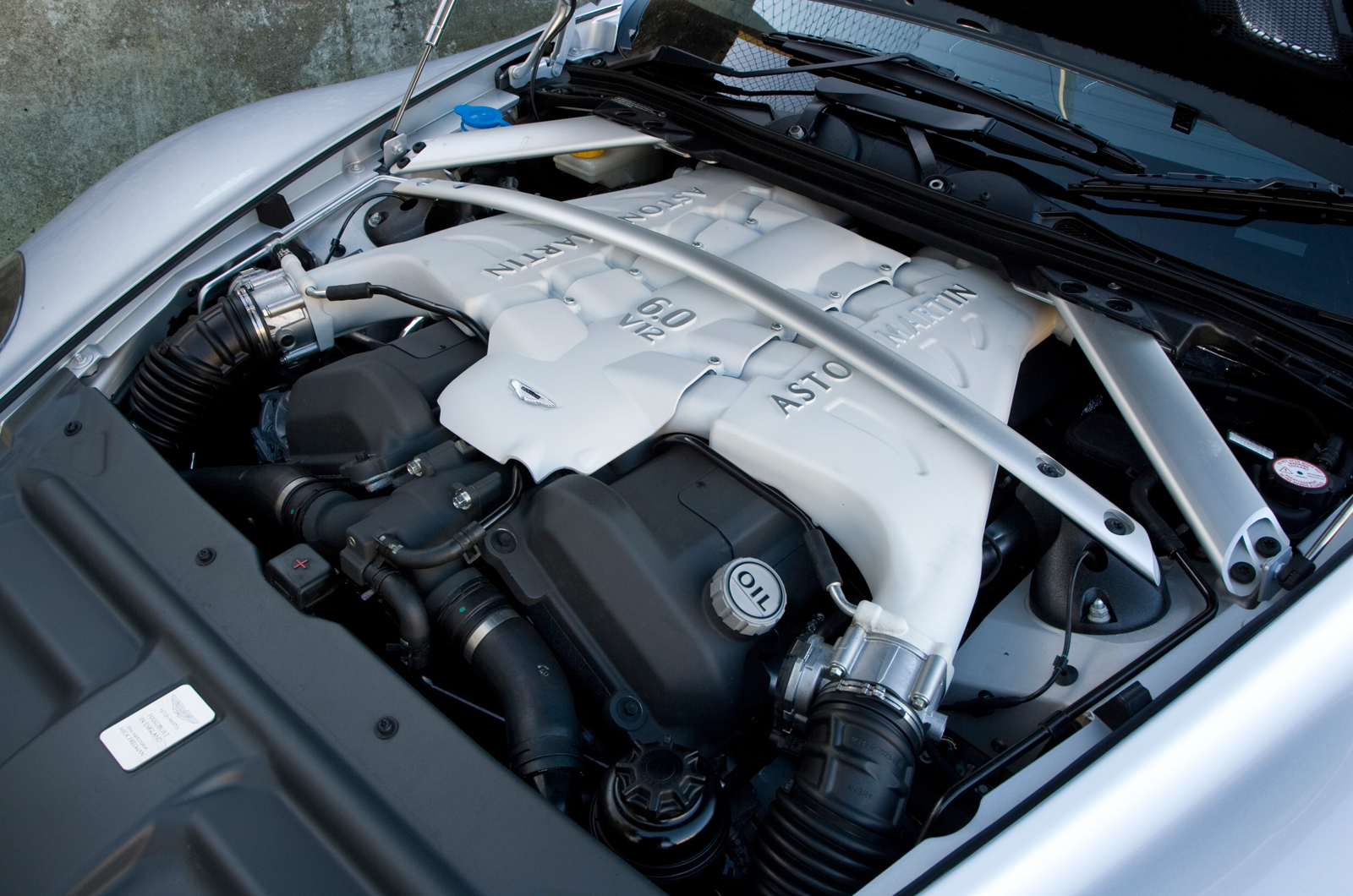The Aston Martin DBS is a strange kind of supercar flagship. On paper it’s slower and less powerful than the Vanquish S of old, and it’s clearly a development of the DB9. After so many bold statements from Aston in recent years, it looks like something of a pulled punch. Or maybe not.
The DBS may look disturbingly similar to its baby brothers but it is cleverly positioned below the likes of the Ferrari 599 and Lamborghini Aventador, and above any Porsche. Aston has found some clear air for it to breathe.
This is not the first car to carry the DBS name, of course. The original model was introduced in 1967 as a supplemental model to the DB6, but it continued in production until 1972, a couple of years beyond its ‘donor’ car’s demise.
The 4.0-litre straight-six model, which had up to 325bhp as a Aston Martin Vantage, is one of the less famous James Bond Astons; it is the car in which Tracy di Vicenzo, aka Mrs Bond, is shot dead by Irma Bunt in On Her Majesty’s Secret Service. The current DBS wasn’t about to miss out on the tie-in either; it made its Bond debut in 2007, in Casino Royale, and also featured in the follow-up, Quantum of Solace.
It does still look like a DB9 with a bit of hurriedly applied make-up, though – but Aston says the construction is defined by “the need for high-performance stability, handling stability and low kerb weight”.


